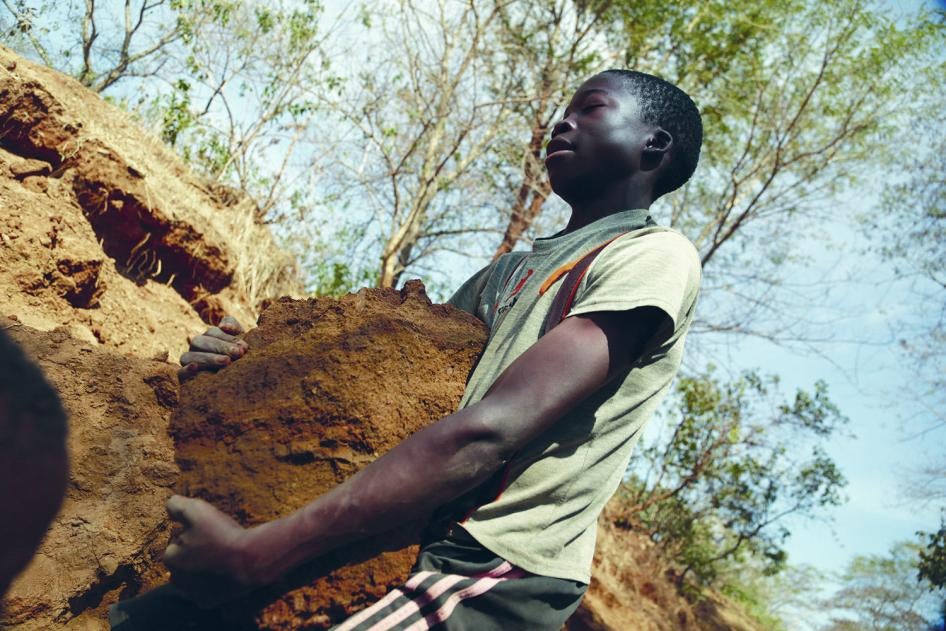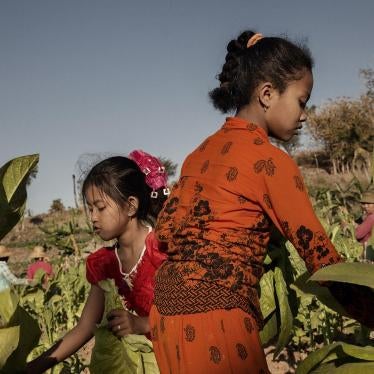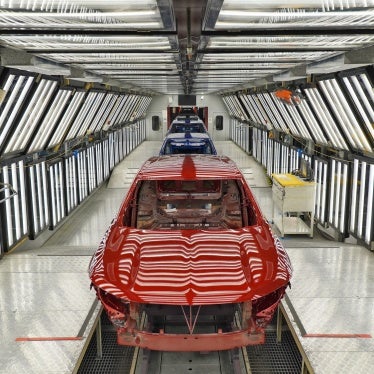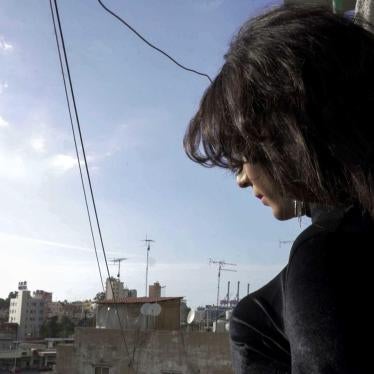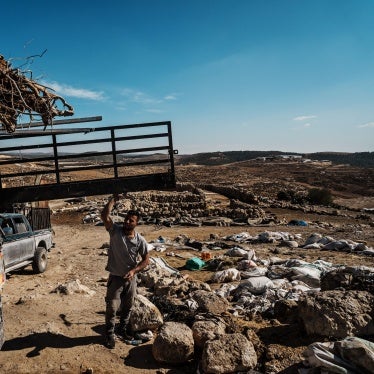Consumers are increasingly aware that their smartphones and laptops may have components made with minerals mined by children. But tackling child labor in a long and complex supply chain can seem very daunting.
But there’s some good news this week: the Organization for Economic Cooperation and Development (OECD) has launched its “Practical Actions” tool for companies on child labor in mineral supply chains.
It recommends, for example, that companies build child labor clauses into contracts with their suppliers, that refiners and smelters organize independent and credible on-the-ground inspections of child labor, and that all companies report publicly every year about the steps they have taken to prevent child labor in their supply chain.
Child labor in mining is one of the most dangerous forms of child labor, and is an issue I have documented extensively in small-scale mines in Ghana, Mali, Tanzania, and the Philippines. Children have been injured and killed in mining accidents, suffered poisoning from mercury used in gold processing, and developed respiratory disease from exposure to dust. Yet, gold from mines using child labor has entered the supply chain and reached international gold markets, which provide gold to the electronics sector, jewelry, and banks.
Human Rights Watch has, for years, urged the OECD to outline the steps companies could and should take to tackle child labor in mineral supply chains. Some governments and companies were initially reluctant to embrace the initiative. But ultimately, they came around to supporting it.
Now, they should implement it, something most companies haven’t really done. The 2011 OECD’s flagship standard, the “Due diligence guidance for responsible mineral supply chains from conflict-affected and high-risk areas,” already lists the worst forms of child labor among the abuses it seeks to prevent. But little has been done so far to put the child labor provisions into practice. Many companies claiming to implement the guidance have hardly mentioned child labor as a concern, despite its widespread nature.
Now, the new OECD “Practical Actions” tool shows how companies can and should act to stop child labor. The next question is: Which companies will implement it publicly?

